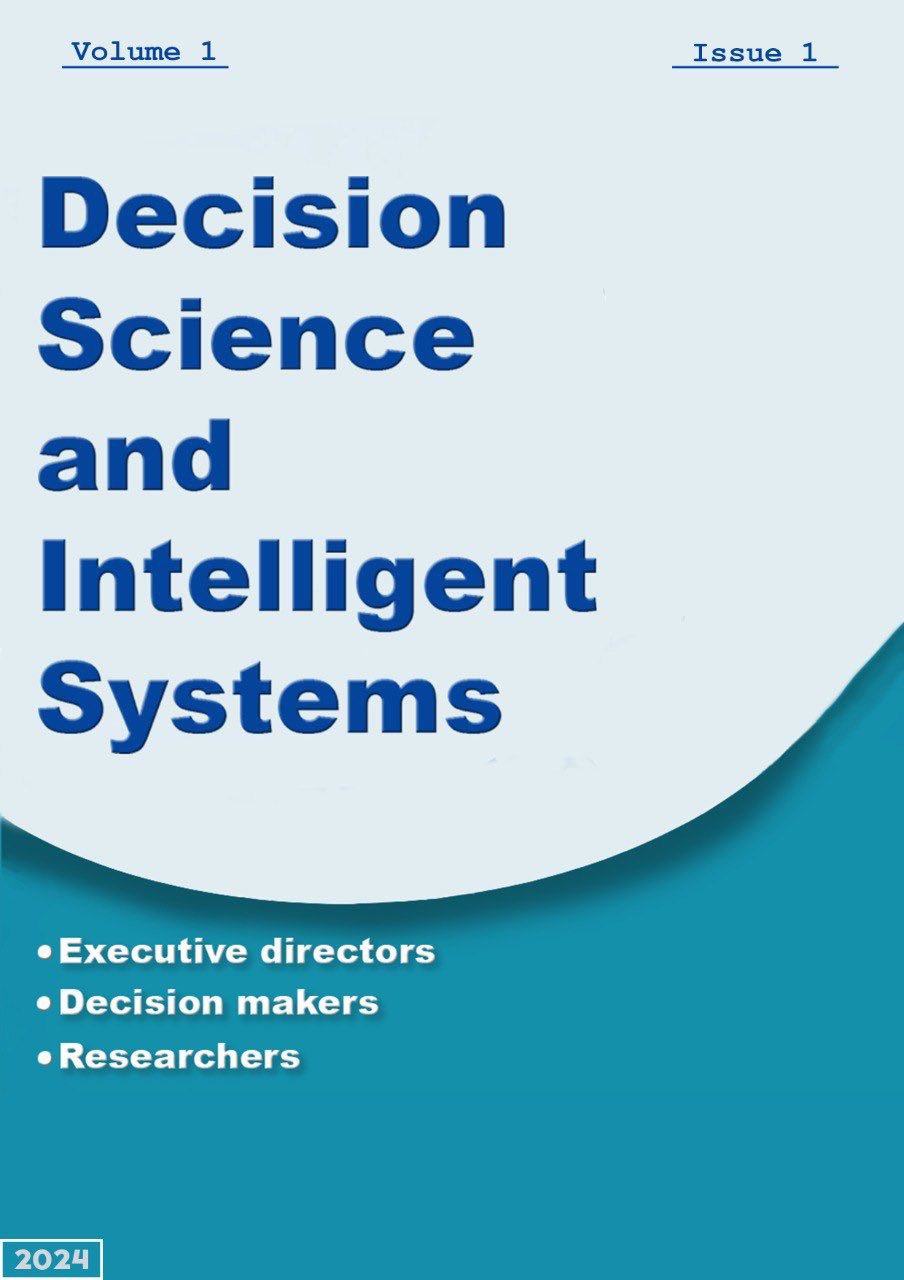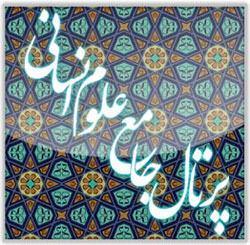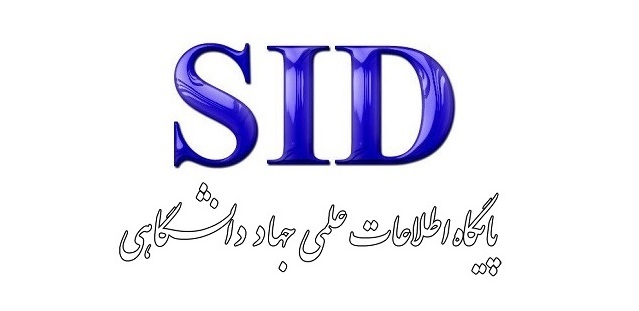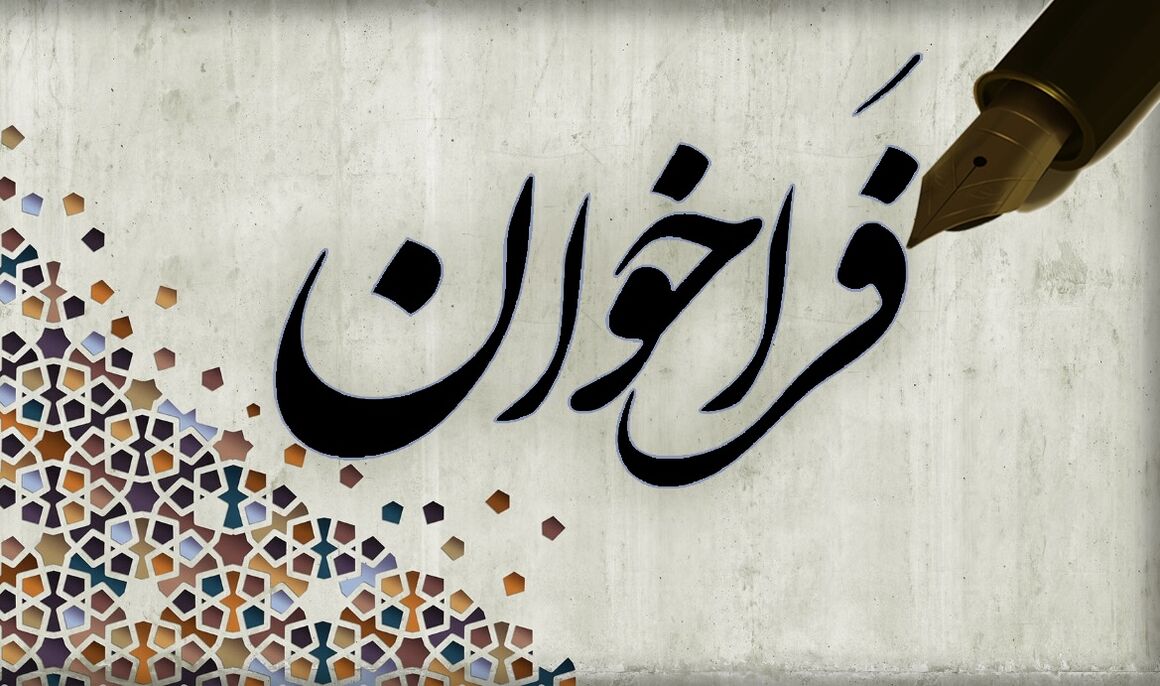Designing a Self-Assessment System Based on the Sermon of Hammam and Analysing the Interrelations Between Its Various Sections
Keywords:
Self-assessment, Sermon of Hammam, WebsiteAbstract
This article presents and designs a confidential self-assessment system based on the "Sermon of Hammam" (Khutbah al-Hammām), aimed at measuring individuals' alignment with the characteristics of the God-conscious (muttaqin) as described in the sermon. The system utilizes a comprehensive questionnaire composed of statements focused on moral, spiritual, and behavioral traits, allowing users to evaluate themselves based on religious and faith-based criteria. Users rate themselves on statements related to behaviors such as honesty, humility, avoidance of extravagance, and night worship using a scale from 1 (never) to 5 (always). The system’s methodology consists of three main stages, the first one is data collection and assessment. A questionnaire made up of specific statements—such as avoiding excess and speaking kindly—is developed, and participants provide quantitative responses. Each person’s score is calculated by summing the points from the questionnaire items. The second one is results analysis. Each individual’s total score is compared against the maximum possible score (200), and the percentage of alignment with the sermon’s standards is calculated. The results are presented to the user as a natural number between 0 and 100. The lowest-scoring behaviors or traits—those needing improvement—are highlighted and accompanied by related sayings from different resources to encourage reflection and provide guidance. The third one is providing improvement suggestions. If low scores are identified, suggestions for improvement or deeper reflection on the mentioned traits are offered to the user. This process supports the enhancement of users' moral and spiritual excellence. Finally, by collecting responses and calculating the correlation coefficient, the strongest relationship was found between questions related to worship and those related to piety. This project is developed with the aim of encouraging individuals to improve their spiritual traits and offers practical methods for personal development. It can serve as a valuable tool for the community.
References
The Holy Qur’an.
Ali, I. (n.d.). Nahj al-Balagha [Peak of Eloquence].
Amadi. (2016). Ghurar al-Hikam. Dar al-Hadith Cultural Institute.
Eshaq, M. B. (n.d.). Al-Kafi. Dar al-Hadith.
Hasan, H. A. (1993/1414 AH). Wasa’il al-Shi‘a [The Means of Shi‘a]. Ahl al-Bayt Institute.
Hussein, N. M. (n.d.). Mustadrak al-Wasa’il [Supplement to Wasa’il]. Ahl al-Bayt Institute.
Jafari, M. A. (2001). Sharh Nahj al-Balagha [Commentary on Nahj al-Balagha]. Islamic Culture Publishing Office.
Jom‘eh, A. A. (1994/1415 AH). Tafsir Nur al-Thaqalayn [Exegesis of the Two Weights]. Esma‘ilian.
Karajaki. (1995). Kanz al-‘Ummal [Treasure of the Workers]. Dar al-Hadith Cultural Institute.
Khu’i. (n.d.). Sharh Nahj al-Balagha [Commentary on Nahj al-Balagha].
Mahbubi, R. (2015). Developing a (local) scale for measuring religiosity. Management in Islamic University.
Majlisi, M. B. (1983). Bihar al-Anwar [Seas of Lights]. Dar al-Kutub al-Islamiya.
Mu‘tazili, A. A. (n.d.). Sharh Nahj al-Balagha [Commentary on Nahj al-Balagha].
Naraqi, M. M. (2009). Jami‘ al-Sa‘adat [The Collector of Felicities]. Al-A‘lami Institute for Publications.
Qummi, S. A. (1995). Safinat al-Bihar [Ship of the Seas]. Astan Quds Razavi.
Shubbar, S. A. (1985). Akhlaq [Ethics]. Institute for Publishing Ruh.
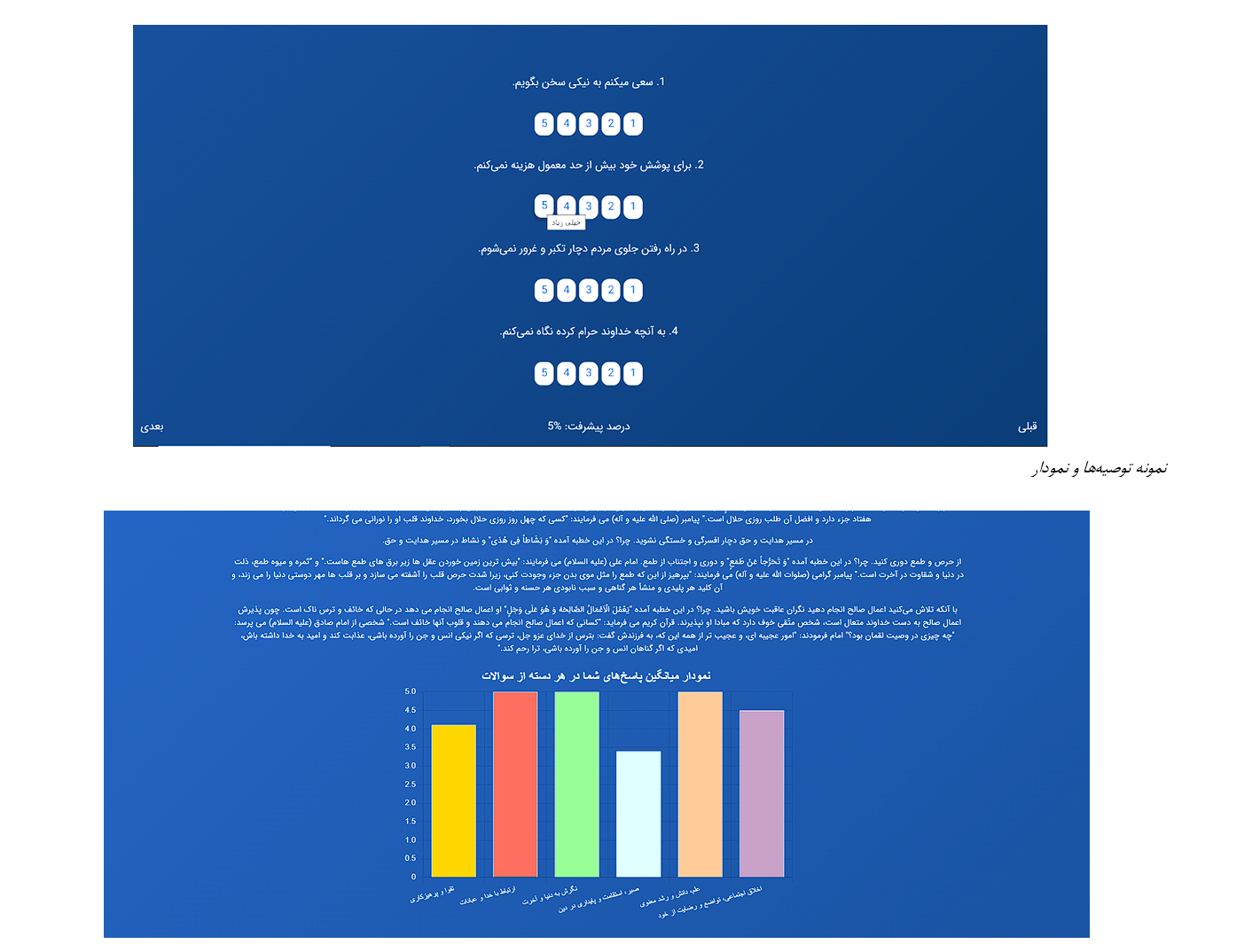
Downloads
Published
Submitted
Revised
Accepted
Issue
Section
License
Copyright (c) 2025 محمد خدابخشی (نویسنده); مریم انوری پور (نویسنده مسئول); مرضیه محصص (نویسنده)

This work is licensed under a Creative Commons Attribution-NonCommercial 4.0 International License.
